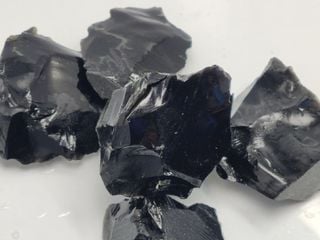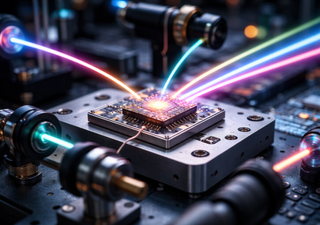The Incredible Japanese Invention for Guiding Lightning Strikes During a Storm to Safety
NTT has unveiled a device that can induce lightning in a storm in a controlled manner. The technology is still under development, but it aims to mark a turning point in preventing damage from thunderstorms.
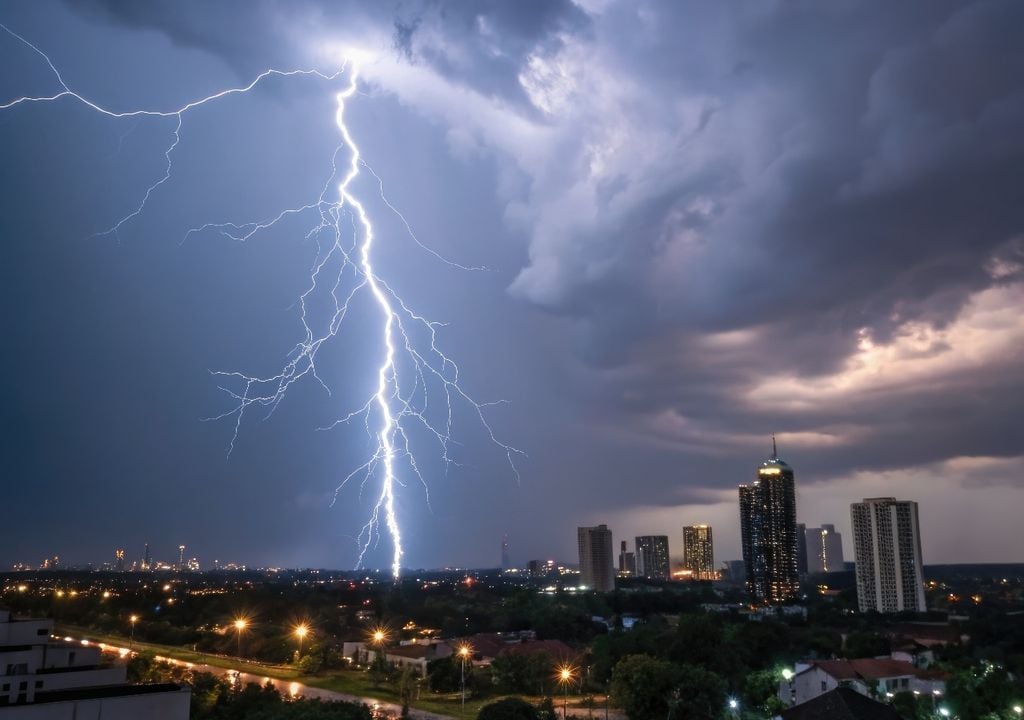
For the first time in history, lightning didn’t strike where it wanted. It struck where it was guided. The feat was achieved in December 2024 in the mountains of Shimane, Japan, when a specially designed drone attracted and channeled an electrical discharge directly from a storm cloud.
At first glance, the drone may look like any other, but inside it carries a series of innovations that make it a pioneer in atmospheric engineering. Its job is to fly near storm clouds, detect conditions favorable for lightning formation, and, at the right moment, induce a strike toward itself to redirect it away from vulnerable infrastructure.
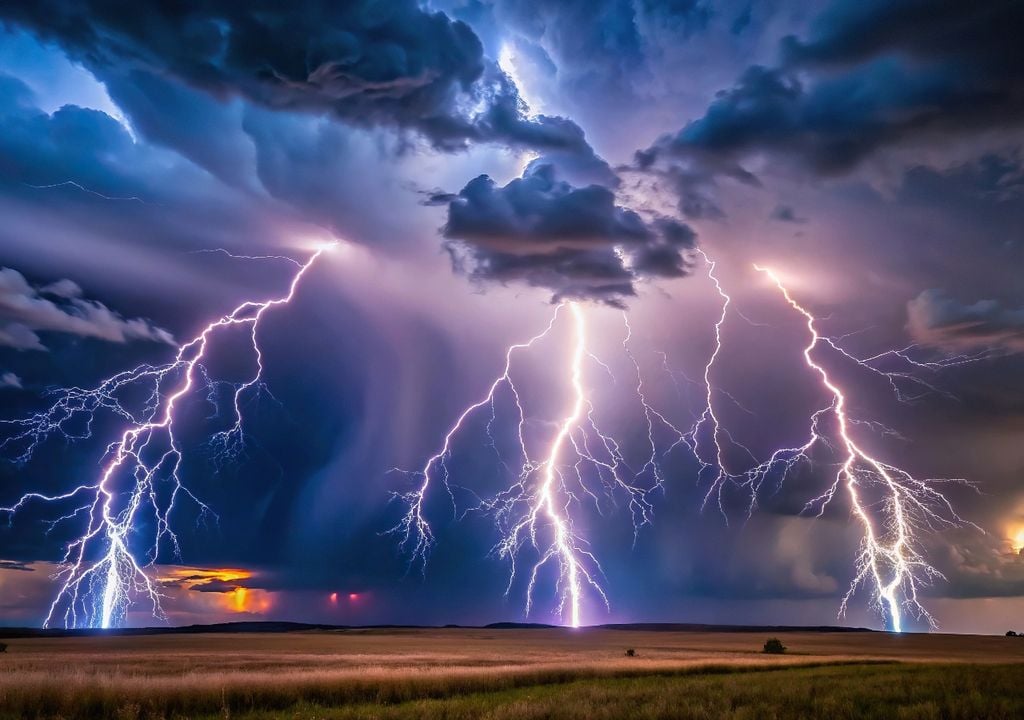
The key mechanism consists of a conductive cable that connects the drone to a ground-based switch. When sensors detect a sufficiently intense electric field (indicating that lightning may form), the switch is activated, creating a sudden voltage surge between the sky and the ground. This extreme difference in the electric field creates a preferential path for the lightning to strike, as if a temporary highway of electricity opens up, with the drone as its destination.
On December 13, 2024, during the storm in which the device was tested, the voltage reached 2,000 volts before impact. The lightning struck the drone, which not only survived the event but continued flying without failure, thanks to a specially designed structure: a Faraday cage.
A Shield to Survive the Impact
The Faraday cage, named after the scientist who discovered its principle in the 19th century, is a metal structure that encases the drone and distributes the lightning's energy around it, preventing it from entering the electronic components. In this case, the cage was reinforced to withstand even artificial discharges of up to 150,000 amperes, five times more than an average natural lightning strike.
According to NTT, the design has already been validated in the lab and could be adapted to commercial drones. “We developed and validated a lightning protection cage design that prevents failure or damage even if the drone is directly struck,” they explained in a statement. In the field test, the only visible damage was slight melting of the external shielding.
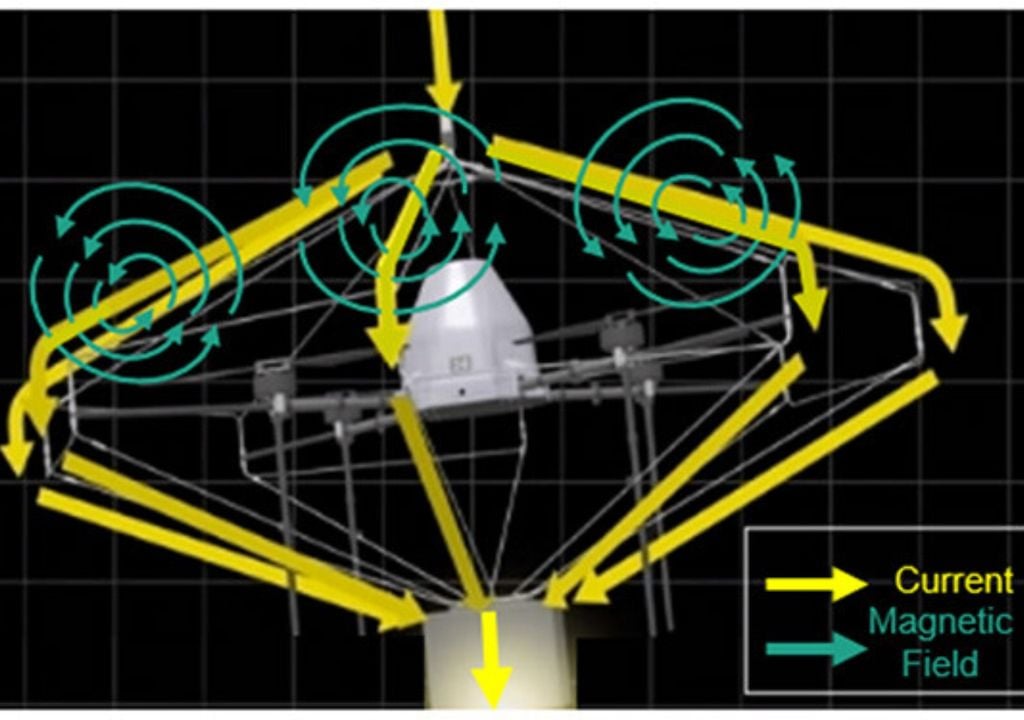
Although it may sound crazy to try to trigger lightning, the goal is not spectacle but disaster prevention. Each year, thousands of lightning strikes cause wildfires, blow up transformers, trigger blackouts, and even kill animals and people. In Japan alone, lightning-related economic damages are estimated at between 650 and 1,300 million dollars annually.
With this technology, NTT aims to achieve a “lightning damage-free society.” By artificially inducing lightning, it's possible to control when and where it strikes, keeping it away from airports, power plants, wind turbines, or large outdoor events—places where conventional lightning rods are not always enough.
For now, the drone has been successfully tested in real-world conditions, but it remains experimental. To make it operational on a large scale, NTT plans to advance in two key areas: improving the precision of lightning formation forecasts and refining the methods to trigger strikes more efficiently using drones.
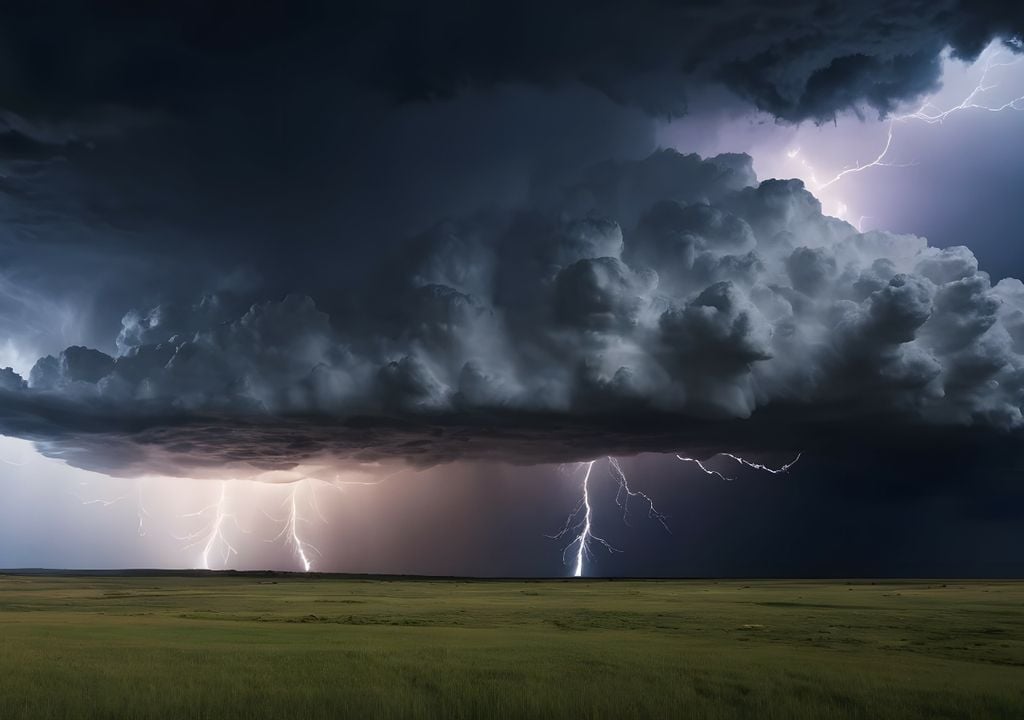
Moreover, the company has even bolder ambitions: to capture lightning energy. Although there are currently no batteries capable of safely storing such energy, NTT is already investing in developing new technologies with that goal in mind.
This is not the first attempt to manipulate lightning. Previous experiments have used lasers to divert electric discharges from the sky, but the technical and safety challenges remain enormous. The difference with NTT’s approach is that the drone can fly to the critical area, trigger the strike, and then fly away—all with a single autonomous system.
If it passes scientific and regulatory testing, this invention could redefine how urban infrastructure is protected from one of the planet’s most dangerous natural phenomena.






